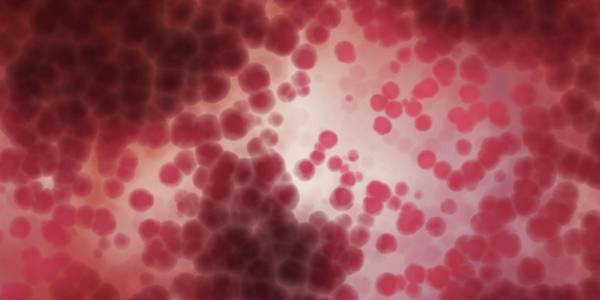Milkmaid

Thrush, also known as vaginal candidiasis, is an inflammation of the lining of the vagina. It is characterized by burning and itching in the vaginal area and a white, curd-like discharge.
Thrush is also called candidiasis in newborns, often manifesting as oral candidiasis.
The yeast-like fungi Candida, provoking the development of vaginal candidiasis, are part of the conditionally pathogenic microflora of the vagina, but do not cause the appearance of any pathological symptoms.
Therefore, unlike classic sexually transmitted infections, vaginal candidiasis cannot be attributed 100% to sexually transmitted diseases, although Candida fungi can also be transmitted by the sexual partner.
Clinical venereology together with gynecology deals with the diagnosis and treatment of vaginal candidiasis due to the similarity of its clinical picture with that of genital infections and is often combined with these diseases.
What are the symptoms?
The fungal infection manifests itself with severe burning and itching in the area of the external genitalia and vagina.
These symptoms are accompanied by the appearance of vaginal discharge, having a white color characteristic of candidiasis. Vaginal candidiasis is characterized by the heterogeneous consistency of the vaginal discharge with small lumps, reminiscent of the pieces of curd made from cheese.
The discharge may have a sour smell. Many yeast infection sufferers report an increase in the amount of vaginal discharge after intercourse, water treatments and at night.
Reddening of the labia minora and sometimes swelling of the labia majora, which may reach the anus, are often observed.
Swelling and inflammatory changes of the vaginal mucosa cause painful sensations during sexual intercourse. It is possible that the woman experiences pain during urination.
What are the causes?
Various factors contribute to the development of vaginal candidiasis, which disturb the balance of healthy vaginal microflora.
As a result of reducing the amount of beneficial bacteria, which normally inhibit the growth of fungal microflora and the intensive reproduction of fungi.
The active growth of fungi leads to the manifestation of their pathogenic properties with the appearance of inflammatory changes in the mucous membrane of the vagina, such as in case of colpitis or vaginitis.
What are the complications?
The chronic course of vaginal candidiasis can lead to a number of complications.
They are mainly caused by the spread of the fungal infection in the tissue structures located next to the vagina: the cervix with the development of cervicitis, the urethra and the bladder, causing the development of urethritis and cystitis.
The combination of vaginal candidiasis with other sexually transmitted diseases in long-term recurrent course can lead to infertility in women.
Treatment of thrush
Local treatment can be carried out in case of primary occurrence and uncomplicated course.
It is carried out with vaginal suppositories or tablets containing antifungal preparations: miconazole, clotrimazole, isoconazole, natamycin.
Treatment of acute vaginal candidiasis is carried out from 1 day to 1 week, depending on the prescribed preparation. Its efficiency reaches a maximum of 80-90%.
In the course of treatment, it is necessary to carefully observe intimate hygiene and refrain from sexual contact.
Prevention
In order to prevent vaginal candidiasis, it is necessary to prescribe probiotics after the appointment of therapy with antibiotics.
They should also be timely and properly treated:
• chronic diseases;
• sexually transmitted infections;
• hormonal disorders;
It is recommended that women observe very good personal hygiene and wear cotton underwear.



